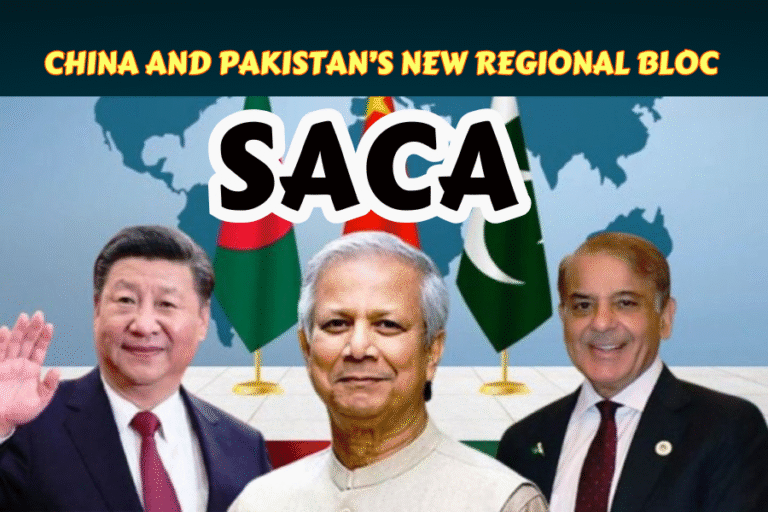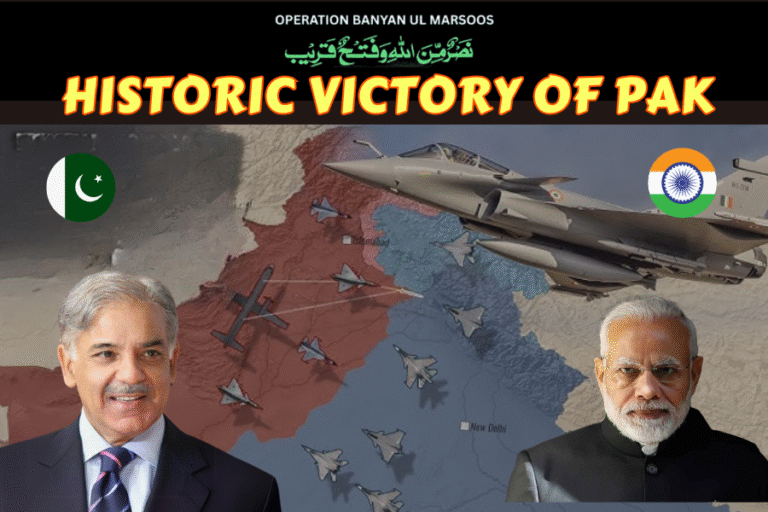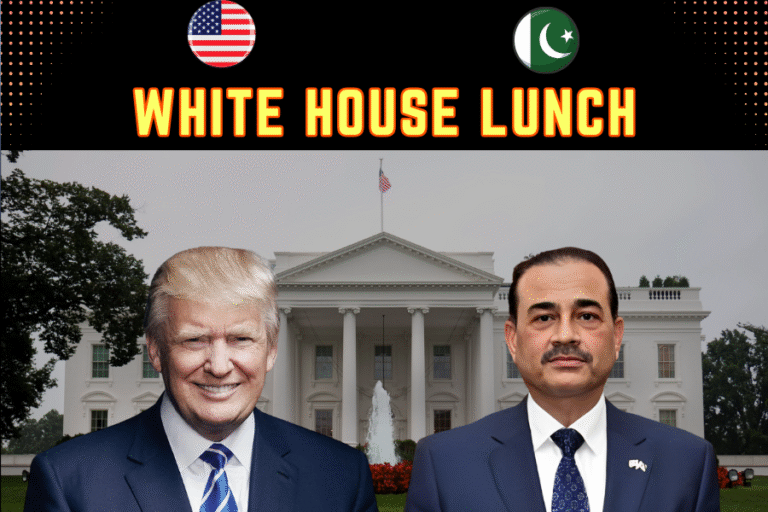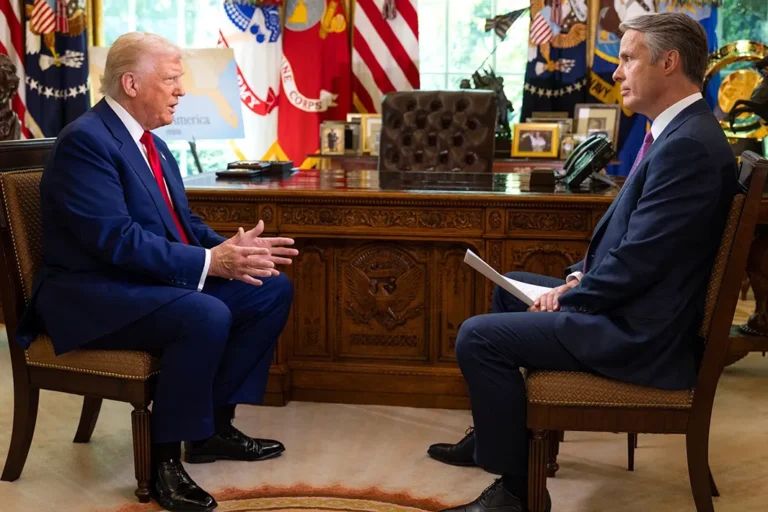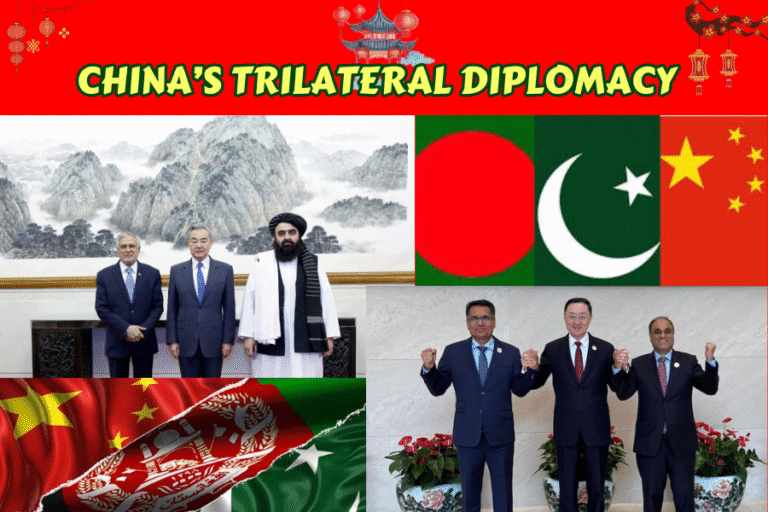(By Khalid Masood)
October 5, 2025 – Lahore
In the shadow of its resounding military debacle earlier this year, India has unleashed a torrent of belligerent rhetoric aimed at Pakistan, cloaked in the guise of national security concerns. The provocative statements from top Indian military and political figures—delivered in the first week of October 2025—represent not just an escalation of tensions but a calculated attempt to rewrite the narrative of defeat through threats of annihilation. These utterances, which openly flirt with the idea of “erasing” Pakistan from the map, come mere months after Operation Sindoor, where India’s ill-fated incursion into Pakistani airspace resulted in the downing of six Indian fighter jets, including advanced Rafale and Su-30MKI platforms, at the hands of Pakistan’s Air Force. This “humiliating defeat,” as it has been aptly termed by international observers, exposed the hollowness of India’s military bravado and left its leadership scrambling to salvage domestic prestige.
This latest wave of saber-rattling as a textbook case of war-mongering born from desperation. India’s leadership, cornered by the strategic and psychological blow of Sindoor, is now resorting to jingoistic posturing to distract from internal failures: economic stagnation, border skirmishes with China, and a fractured coalition government. In contrast, Pakistan’s measured yet unyielding response from the Inter-Services Public Relations (ISPR) underscores a nation fortified by resolve, capability, and a clear-eyed understanding of the perils of escalation between two nuclear-armed states. This article dissects the key Indian statements, evaluates the ISPR’s riposte, and contextualizes the broader situation, revealing India’s rhetoric as a hollow echo of its battlefield impotence.
The Backdrop: Operation Sindoor and India’s Enduring Scar
To grasp the venom in India’s recent declarations, one must revisit the events of May 2025. What India euphemistically called “Operation Sindoor 1.0“—a purported preemptive strike against alleged terrorist infrastructure in Pakistan—quickly devolved into a fiasco. Pakistani forces, leveraging indigenous systems like the HQ-9 air defense network and J-10C & JF-17 Thunder fighters, intercepted and neutralized over a dozen Indian incursions. Satellite imagery and independent verifications from sources like the Stockholm International Peace Research Institute (SIPRI) confirmed the loss of at least eight Indian aircraft, including high-value assets, while Pakistan suffered minimal attrition. This not only averted a full-scale war but also shattered the myth of Indian air superiority, a cornerstone of Prime Minister Narendra Modi’s “strongman” image.
The defeat reverberated globally: U.S. and European mediators rushed to de-escalate, while China’s tacit support for Pakistan highlighted shifting alliances. Domestically, Indian media outlets faced censorship as opposition voices decried the “aviation graveyard” in the skies over Punjab. Yet, rather than introspect, India’s establishment has pivoted to aggression, using the Sir Creek dispute and cross-border terrorism accusations as pretexts. This is no mere bluster; it’s a war-mongering strategy to manufacture consent for future adventurism, even as India’s economy grapples with 7% inflation and military procurement delays.
Dissecting the Indian Onslaught: Threats of Geographical Erasure
The crescendo of Indian rhetoric peaked between October 2 and 3, 2025, with statements from the Army Chief, Defence Minister, and Air Chief Marshal that collectively paint a picture of a nation itching for revenge. These are not offhand remarks but orchestrated salvos from the highest echelons, designed to inflame public sentiment and pressure Pakistan into concessions.
General Upendra Dwivedi’s Existential Ultimatum
On October 3, Indian Army Chief General Upendra Dwivedi delivered what can only be described as an existential threat during a speech to troops in Jammu. Eschewing the “restraint” of Sindoor 1.0, he warned that future Indian responses would force Pakistan to “think whether it wants to be in the Geography or not.” This chilling phrasing—implying the obliteration of Pakistan’s territorial integrity—is a direct nod to irredentist fantasies within India’s strategic circles, echoing historical revanchism against the 1947 Partition.
Dwivedi’s conditionality is equally insidious: “If Pakistan wants to be in Geography then it must stop state-sponsored terrorism.” This inverts reality, ignoring India’s documented role in fueling insurgencies in Balochistan and Kashmir through proxies like the Research and Analysis Wing (RAW). His call to “keep yourselves fully prepared… the opportunity will come soon” is a green light for adventurism, betraying a mindset unmoored from the lessons of Sindoor. In the backdrop of downed jets and exposed vulnerabilities, such words ring as the desperate growl of a wounded predator, more intent on domestic applause than strategic prudence.
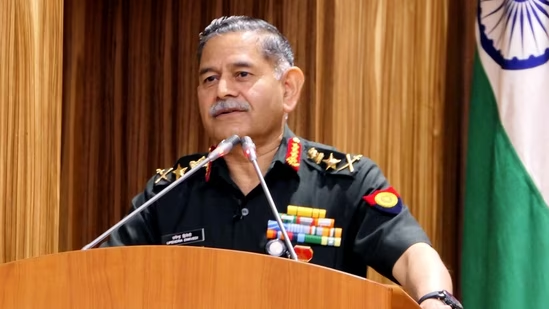
Rajnath Singh’s Sir Creek Sabre-Rattling
Preceding Dwivedi by a day, Defence Minister Rajnath Singh targeted the long-simmering Sir Creek dispute—a marshy, strategically insignificant border in the Rann of Kutch— as a flashpoint for apocalypse. On October 2, Singh thundered that any Pakistani “misadventure” there would provoke a response “so strong and decisive that it would change both history and geography.” This hyperbolic vow of cartographic reconfiguration is a thinly veiled threat of invasion, potentially drawing in naval assets to choke Pakistan’s Arabian Sea access.
Singh’s invocation of the 1965 War, boasting that “one route to Karachi passes through the creek,” is particularly galling. It glosses over India’s stalemate in that conflict and ignores how Pakistan’s Patton tanks nearly encircled Lahore. Coming post-Sindoor, this is pure revisionism: a minister whose forces couldn’t sustain a 48-hour air campaign now dreams of amphibious assaults. Such war-mongering not only endangers mariners in the creek but risks dragging neutral powers like the UAE—key to both economies—into the fray.
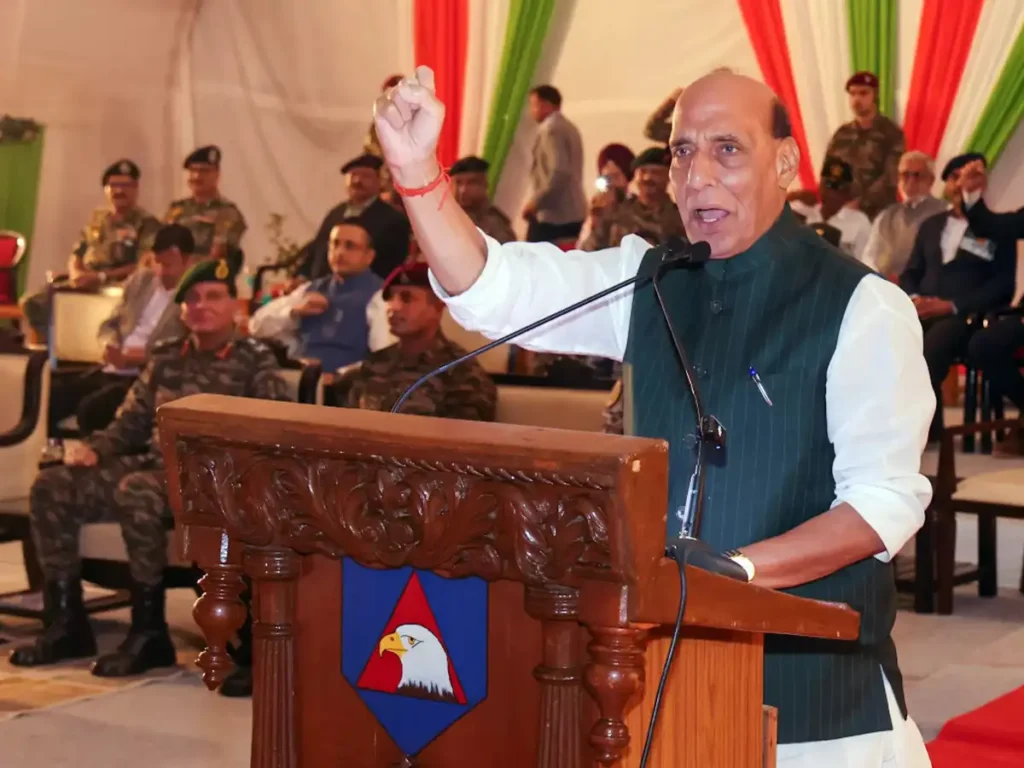
Air Chief Marshal A. P. Singh’s Aerial Myth-Making
Rounding out the triumvirate, Air Chief Marshal A. P. Singh, speaking on October 3, sought to reclaim narrative dominance by inflating India’s Sindoor “successes.” He claimed the destruction of “at least a dozen” Pakistani aircraft, including F-16s, while deriding Islamabad’s denials as “sweet fantasies.” This is brazen disinformation; declassified Pakistani footage and U.S. intelligence leaks confirm India’s losses far outweighed any Pakistani damage, with no verified F-16 strikes.
Singh’s bravado serves a dual purpose: to demoralize Pakistan and rally Indian pilots. Yet, it underscores the Air Force’s trauma from Sindoor, where electronic warfare superiority allowed Pakistan to turn the skies into a no-fly zone for intruders. By peddling these fabrications, Singh perpetuates a cycle of escalation, priming the public for a “Sindoor 2.0” that no rational calculus supports.
Collectively, these statements form a symphony of aggression: threats of unrestrained force, geographical reconfiguration, and aerial dominance. They are the hallmarks of a regime cornered by defeat, resorting to war-mongering to obscure its strategic bankruptcy.
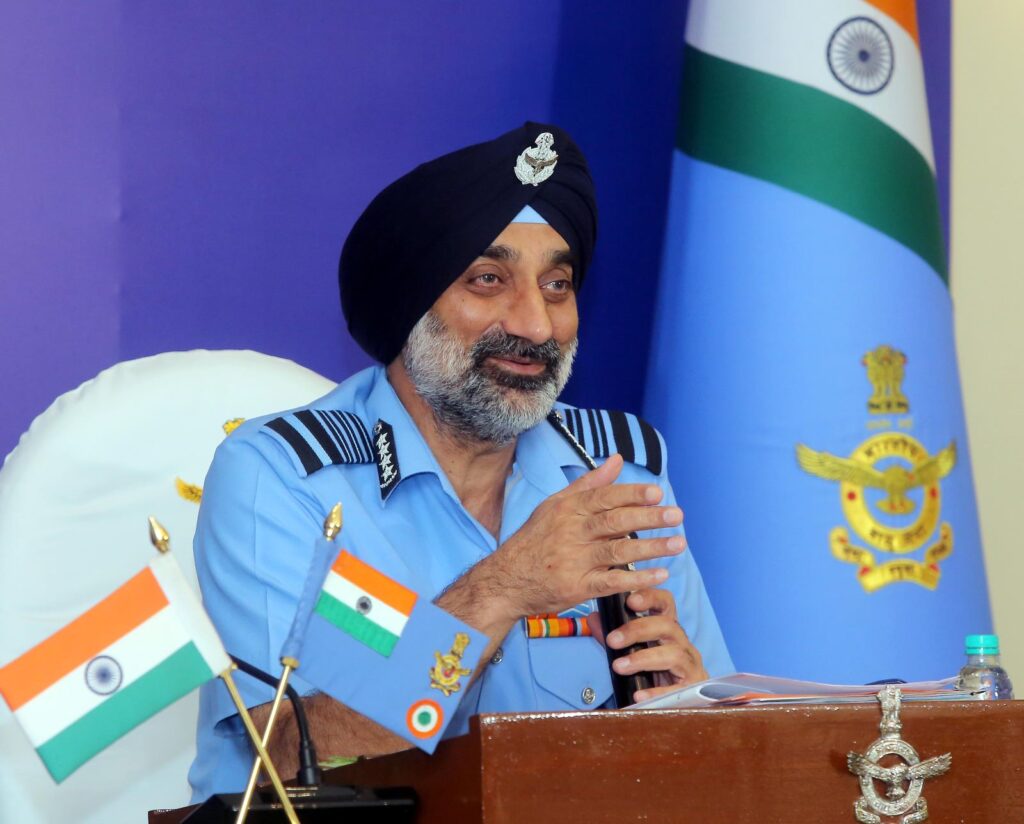
Pakistan’s ISPR: A Beacon of Restrained Resolve
In stark contrast, the Pakistan Army’s ISPR issued a masterclass in calibrated deterrence on October 4 from Rawalpindi. Labeling the Indian rhetoric “delusional, provocative and jingoistic,” the statement pierced the veil of India’s victimhood narrative, exposing its “true face” as the region’s terrorism epicenter. This intellectual takedown—referencing decades of Indian duplicity—resonates with global audiences weary of New Delhi’s propaganda.
The ISPR’s invocation of Sindoor’s “wreckage” and Pakistan’s “long-range vectors” (a subtle nod to Shaheen and Ababeel missiles) reminds India of the nuclear brinkmanship it flirted with and lost. The warning is unequivocal: “In case a fresh round of hostilities is triggered, Pakistan shall not hold back… swift, decisive and destructive.” Yet, it’s laced with strategic genius—promising to “shatter the myth of geographic immunity” by targeting “every nook and corner” of India, while affirming mutual erasure as the grim alternative.
This is not bluster but doctrine: Pakistan has internalized Sindoor’s victory, establishing a “new normal” of full-spectrum response. The ISPR’s poise—grave yet unyielding—bolsters national morale without inviting miscalculation, positioning Pakistan as the responsible power in a volatile neighborhood.
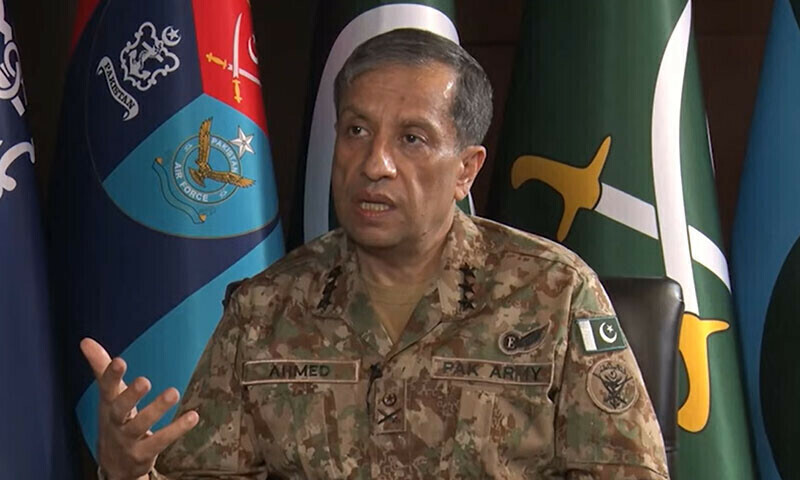
The Current Situation: A Powder Keg Fueled by Indian Insecurity
As of October 5, 2025, South Asia teeters on a razor’s edge. Satellite monitoring by the UN’s satellite imagery unit shows heightened Indian troop movements along the Line of Control, while Pakistan maintains defensive postures with enhanced ISR (Intelligence, Surveillance, Reconnaissance) assets. Economically, India’s stock indices dipped 2.3% post-statements, reflecting investor jitters, whereas Pakistan’s rupee held steady, buoyed by CPEC inflows.
India’s war-mongering stems from multifaceted humiliation: Sindoor’s toll (estimated at $2.5 billion in lost hardware), Modi’s plummeting approval ratings (hovering at 45%), and China’s border encroachments. By threatening Pakistan—a nation it once dismissed as a “failing state”—India seeks to unify its polity through external enmity. Yet, this risks blowback: alienated diaspora communities, strained QUAD ties, and potential sanctions from a U.S. administration wary of nuclear flashpoints.
Pakistan, conversely, emerges stronger. Sindoor validated its self-reliance in defense, with exports of JF-17 kits surging 40%. Public sentiment, per Gallup Pakistan polls, shows 78% confidence in the military’s stewardship. The ISPR’s response has galvanized international sympathy, with calls for dialogue from the OIC and even muted EU concerns over Indian “hegemonism.”
Conclusion: Time for India to Sheath Its Sword
India’s October 2025 rhetoric is the death rattle of a defeated giant, a futile saber-rattling to conceal the sting of Sindoor. By dangling threats of erasure, its leaders betray a profound misunderstanding: Pakistan is no 1971 relic but a resilient nuclear power, forged in resilience and ready to defend every inch of its sovereignty. The ISPR’s rejoinder serves as both shield and clarion—warning of devastation while inviting sanity.
For peace’s sake, India must abandon this path of provocation. Dialogue through backchannels, as in the 2021 ceasefire renewal, offers the only salve. Pakistan stands firm: we seek no war, but if thrust upon us, we shall prevail. The world watches; let history record India not as a bully, but as a neighbor capable of growth beyond grudge.


